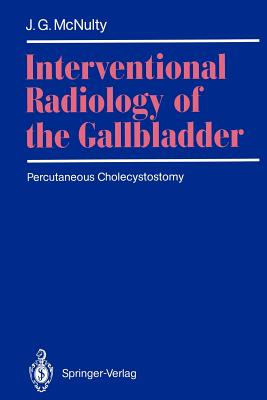You are here
Back to topInterventional Radiology of the Gallbladder: Percutaneous Cholecystostomy (Paperback)
$54.99
Usually Ships in 1-5 Days
Description
Interventional Radiology has as its main goal the performance of surgical techniques using a percutaneous approach to simplify patient care. Percutaneous cholecystostomy now has many advocates; still, it is practised in comparatively few centers. Over many years it was used as a last resort at failed transhepatic cholangiography to provide images of the bile ducts in biliary obstruction. Transhepatic cholecystostomy is reputed to be safer than transperito- neal puncture, since bile leaks do not enter the peritoneum. The advo- cates of percutaneous cholecystolithotomy, almost without exception, fa- vour subcostal cholecystostomy and puncture of the fundus of the gall- bladder. There is no evidence of bile peritonitis after successfully making a track to the gallbladder 18 F in diameter or larger for stone removal. After 1-7 days a postlithotomy drain is removed from the gallbladder and the patient is allowed home. Transhepatic cholecystostomy for gallstone lysis, in contrast, requires only a 5-F track to the hepatic surface of the gallbladder. Loss of the gallbladder is not as great a fear with this technique as it is during dilata- tion of a subcostal track for cholecystolithotomy. During the latter pro- cedure this may result in laparotomy to avoid bile peritonitis, while in the former, if the gallbladder is still visualised, the procedure may be re- commenced immediately. Catheter dislodgement is a fear when prolon- ged catheterisation is considered.
